English | Dutch |
|
| Birdwatching in Jamaica | |
Kingston (Jamaica), March 6th 2015
|
|
| |
|
Jamaica is a small island in the heart of the Caribbean and is best known for the reggae music, abundant nightlife, and rum. However, the land of Bob Marley is also very tropical and has some vast forested areas, which makes the country also a great destination for birdwatchers. However, most birders who do visit Jamaica, do that under the guidance of a bird guide, and often pay several thousand’s dollars per person to see the feathered friends in the country. A local bird guide not only brings a lot of knowledge about the local birds and the areas that you can visit, but the guidance of a local person gives many people also a sense of protection. Indeed, the security reputation of Jamaica is not very positive. The country has many (violent) crime, but tourists are rarely, if ever, the specific target. However, the birds of Jamaica are also easy to enjoy on your own. You might not see all the species, but individual travel through Jamaica is an experience in itself. And do not worry too much about safety; if you don’t do crazy things and you use common sense, you have to have a lot of bad luck to be a victim of the Jamaican crime. For those who decide to travel individually to Jamaica for birdwatching, we have described our experiences briefly below. We focused our birdwatching in Jamaica on the land birds. We therefore did not do special activities to see the waterfowl. We visited three specific areas in Jamaica known as bird-rich areas. In each of these areas we birded two mornings, which means that we spent 6 of the 27 days in Jamaica looking for birds. We spent the other days enjoying the other treasures of this country. We eventually saw in these six days 75 different species, including 26 of the 28 endemic species. The endemic species that we missed were the Jamaican Owl and the Blue Mountain Vireo (by the way, we did not use a guide or tapes). |
|
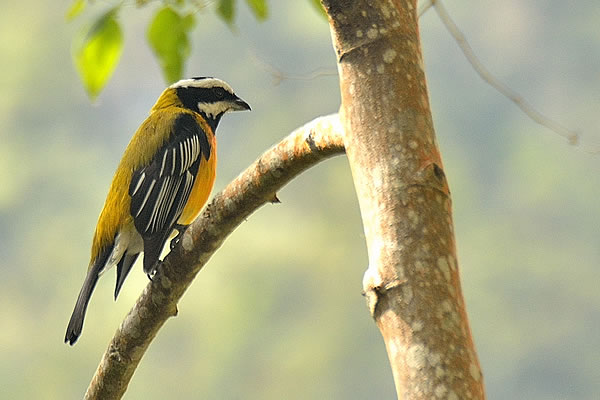 |
|
Jamaican Spindalis |
|
Our search for birds in Jamaica began in Mandeville, in the southwest of Jamaica. Mandeville is on an altitude of around 600 meters, and just outside the town there is a property called Marshalls Pen (GPS: N 18 03.592/W 77 31.887). The estate is privately owned, so you cannot just show up to look around. However, you can contact the owner (Ann Sutton) in advance to ask if you're welcome (email: asutton@cwjamaica.com / tel: +1 876 904 5454 / mob: +1 876 877 7335). We were happily welcomed and were allowed two mornings to look for the birds on this relatively small area, immediately around the estate. We stayed in Mandeville in the guesthouse named "Kariba Kariba" (Tel: +1 876 321 8009 / site / room: US $ 50-60 / GPS: N 18 03.587 / W 77 31.050) which is a 45-minute walk from Marshalls Pen. And that is convenient for travellers without their own transport and who want to be already at the estate before sunrise. Our second destination is called Ecclesdown Road. This road is located in the extreme east of Jamaica, and this is the place where you can see almost all endemic species of Jamaica. The disadvantage of this old road (which is rarely used nowadays), in the hills east of the John Crow Mountains, is that it is quite difficult to reach without your own transport, because there are no bigger town with facilities nearby. We decided to explore Ecclesdown Road from the 'low key' resort named "Zion Country” (website / GPS: N 18 01.926/ W 076 16.585) in the small village of Long Road, just south of Manchioneal. From here it is a walk of approximately 9 km (2 hours) to the most beautiful part of Ecclesdown Road (GPS: N 18 02.821/ W 076 19.667). The most interesting part of this road, which runs mostly along a beautiful valley, with views on the John Crow Mountains, ends near a hamlet called Hartford (GPS: N 18 06.176/ W 076 20.334). From there it is another 4 km walk to the village of Long Bay on the road named A4, where you can take a route taxi back to Long Road. The route taxis are frequent, so you rarely wait for more than 10 minutes. The total hike of this day is just over 21 kilometres long but easy to do for fit people. | |
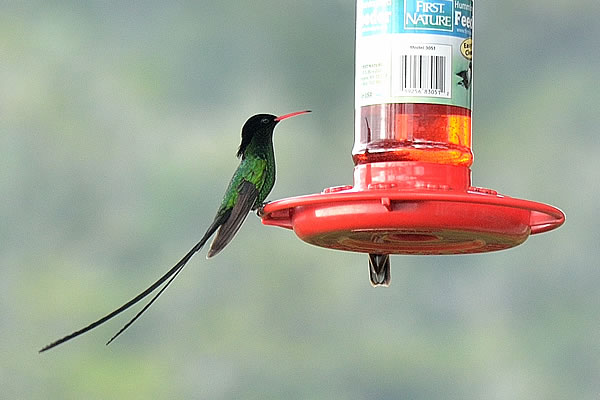 |
|
Red-billed Streamertail |
|
Our last bird destination in Jamaica were the Blue Mountains. These mountains, which you can see from the centre of the capital Kingston, are beautifully forested, which makes also this area a great destination for bird watching. We stayed in the hostel named Mount Edge (GPS: N 18 04.112 / W 076 42.814; website), just 16 kilometres from the outskirts of Kingston. From here you can hike further uphill in the mountains. The highest point of the road is at Hardwar Gap (GPS: N 18 05.095 / W 076 43.506), which is 6 kilometres uphill from Mount Edge Guesthouse. The guesthouse is at 950 meters altitude, while Hardwar Gap is just over 1200 meters. However, the best part of the road to watch birds is after the village of Newcastle (the road between Newcastle and Hardwar Gap). If you visit this area during the high season, you have to make a reservation for accommodation. There aren’t a lot of alternatives. Mount Edge Guesthouse can be easily reached by route taxi from the bus station named Papine in the north-eastern part of Kingston. This bus station is well accessible from other parts of Kingston by bus, so you do not need to have private transport to visit the Blue Mountains. Download the list of birds (in PDF) we saw here. The list contains information about which birds we saw at what site. |
|
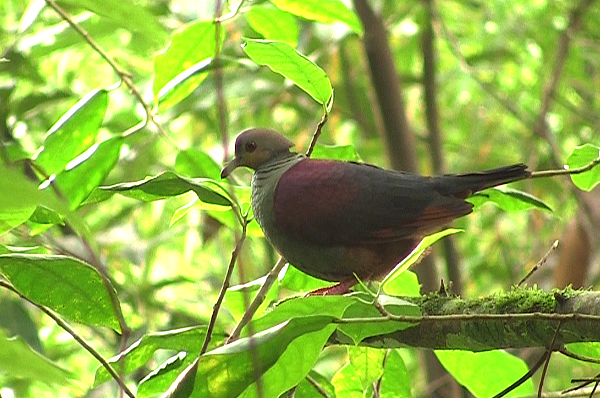 |
|
Crested Quail-Dove |
|
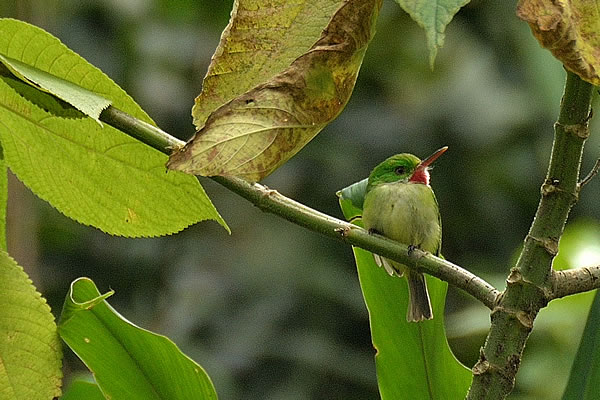 |
|
Jamaican Tody |
|
 |
|
Roodkeel Solitair |
|
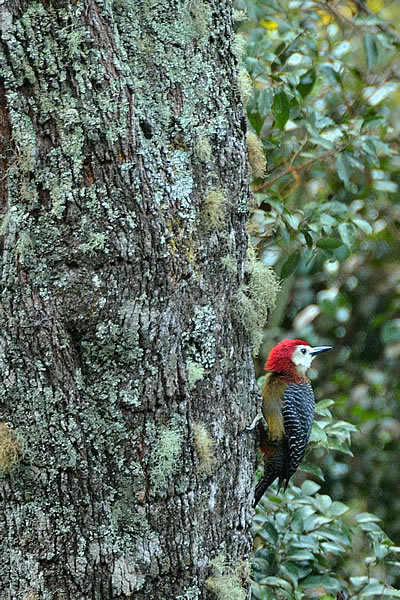 |
|
Jamaican Woodpecker |
|
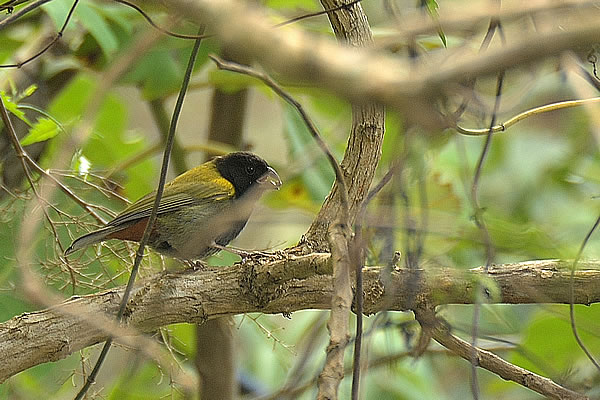 |
|
Yellow-shouldered Grassquit |
|